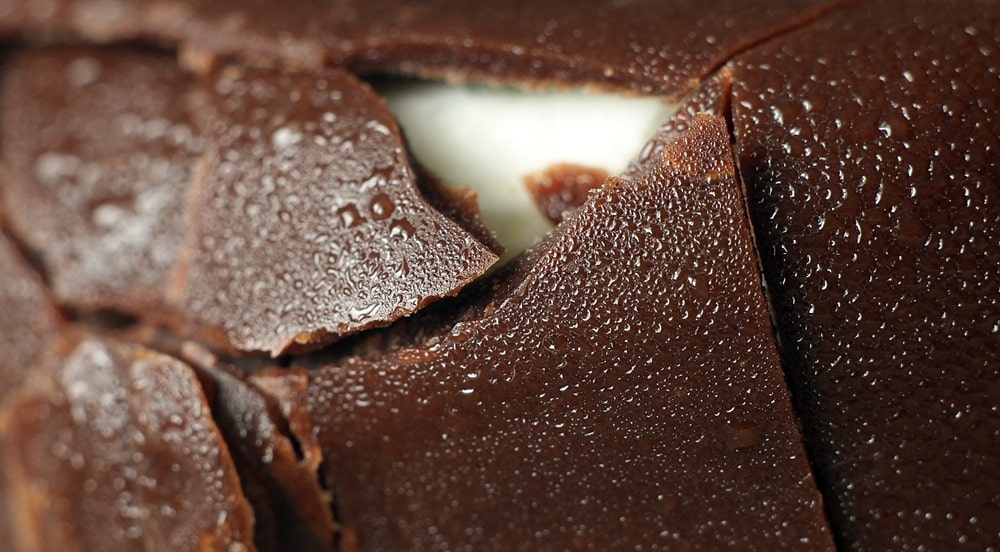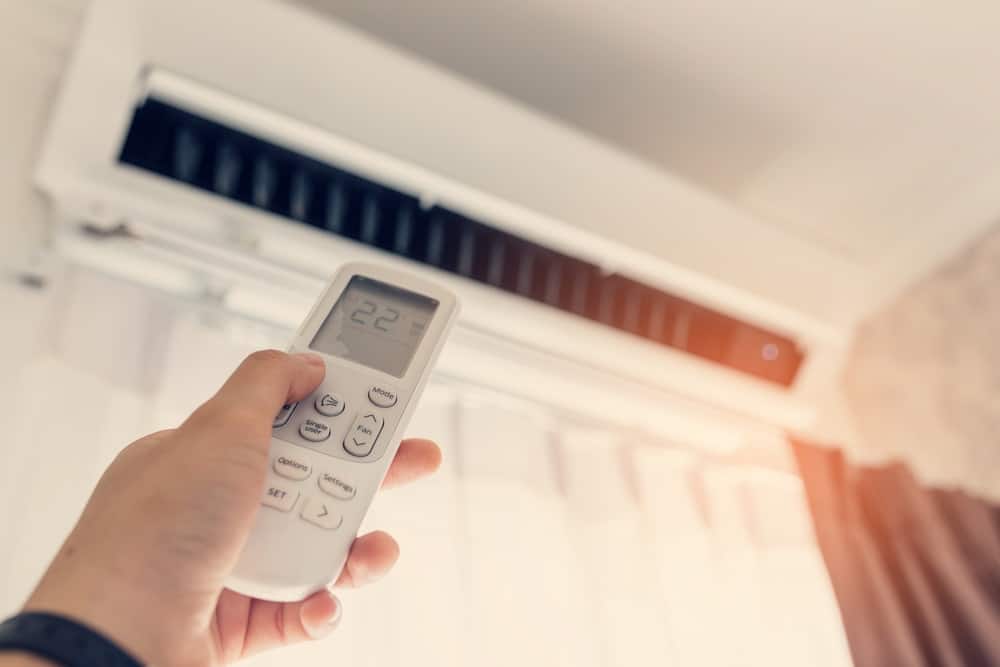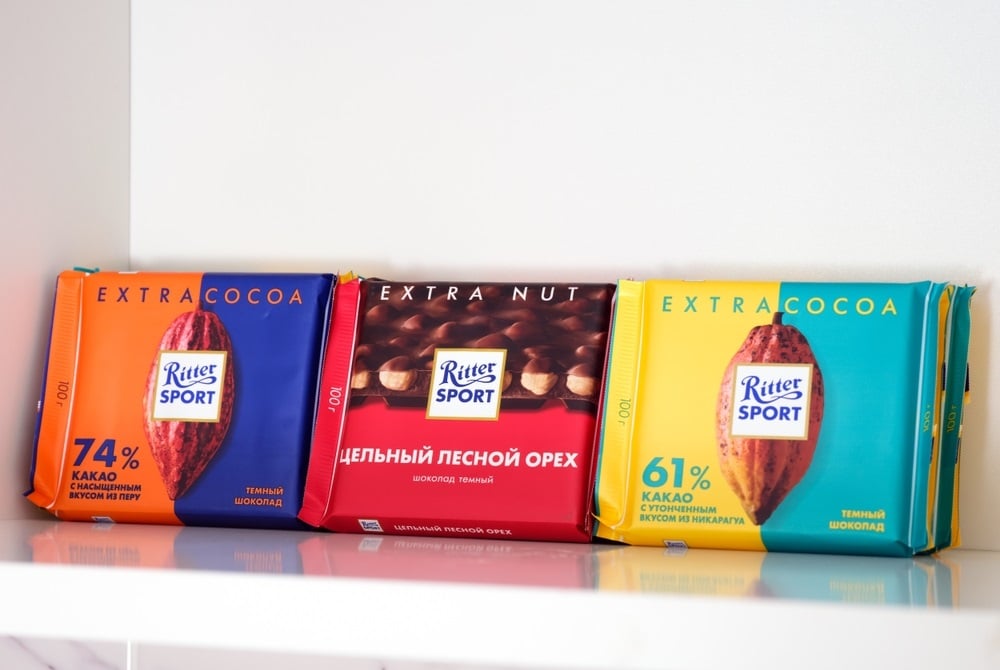
There’s a reason why they always have a chocolate challenge on the Masterchef series. Chocolate is a tricky ingredient to work with as it can be temperamental.
It is sensitive to cold, heat, and humidity. Home cooks need to understand how chocolate responds to these challenges. Condensation is a common issue with chocolate that arises and it can impact the serving experience.
With this article, we are sharing how to fix condensation on chocolate.
How to Fix Condensation on Chocolate
In the majority of cases, condensation happens on chocolate when you put the chocolate into the refrigerator to stop it from melting.
When taken out of the fridge, water droplets may start to condense on it. This is especially a problem in hot, humid climates where there is a lot of water vapor in the air.
Condensation on homemade chocolates can also occur if you keep the molds in the fridge for too long before pouring in the melted chocolate. Moisture settles in the micro-spaces on the molds, resulting in water droplets.
These will cause sweating or condensation when you make the chocolates later. This is the prime reason that culinary experts suggest that you should only keep chocolate molds in the refrigerator for a maximum of twenty to thirty minutes to cool but not chill them.
If you have a hard time keeping an eye on the refrigerating timeline, you can set an alarm. It is also a good idea to put the chocolate molds into ziplock bags before putting them into the fridge.
You can follow the steps below to prevent and fix condensation on your chocolate:
1. Switch on the air conditioner
The first method of preventing condensation on chilled chocolate is to switch on the air conditioner. This will de-humidify the air so that there will be no moisture to condense on the cold chocolate.
Half an hour before removing your chocolate from the fridge, switch on the air conditioner. Set it at around 20 degrees Celcius. This will ensure that the air dries out and there is no moisture to condense on the chocolate.
2. Use airtight containers
Another thing that you can try is to use an airtight jar or Tupperware container for storing your chocolate. This is because condensation is caused by the moisture content in the environment.
Therefore, when you store chocolate in an airtight jar, it won’t come in contact with the moisture content of the outside air.
3. Wipe the chocolate down
If condensation has already formed on your chocolate, you can always wipe your chocolate using clean paper towels.
The towels will absorb the moisture from the surface of the chocolate, leaving it dry and fresh. Of course, more will form if the air is humid and the chocolate is cold so use the airconditioner as well.
4. Store it in a cool, dry cupboard and not in the fridge
Chocolate should actually never be refrigerated. This is why you will never find it in the fridge in the shops. Chocolate’s two main enemies are heat and humidity.
Changes in temperature and humidity such as when you put the chocolate in the fridge and then remove it, spoil the chocolate’s taste, texture and appearance.
It’s best never to store chocolate anywhere at all. Simply buy the amount you need when you need it and use it all up. This is the best way to prevent condensation from forming in the first place.
It’s never a good idea to stockpile chocolate! However, if it’s summer and your chocolate has melted, there is a way to refrigerate it in an emergency. Wrap it well in parchment then put it into a zip-lock bag.
When you take it out, wrap the package in a dishtowel until it has come slowly to room temperature. It will now be safe to unwrap it and no condensation will form if you use it straight away.
To Sum Up
- If at all possible, do not refrigerate your chocolate. This will prevent it from absorbing odors from other food items, getting that dreaded “sugar bloom”, losing flavor, and becoming covered in condensation.
- Store chocolate (if you must store it at all) in a dark, dry cupboard that is around 65-68 degrees Fahrenheit at a humidity level lower than 55%. Put simply, chocolate must be kept in a cool, dry place.
- Always store chocolate in an airtight container whether a zip-lock bag or a sealed jar.


